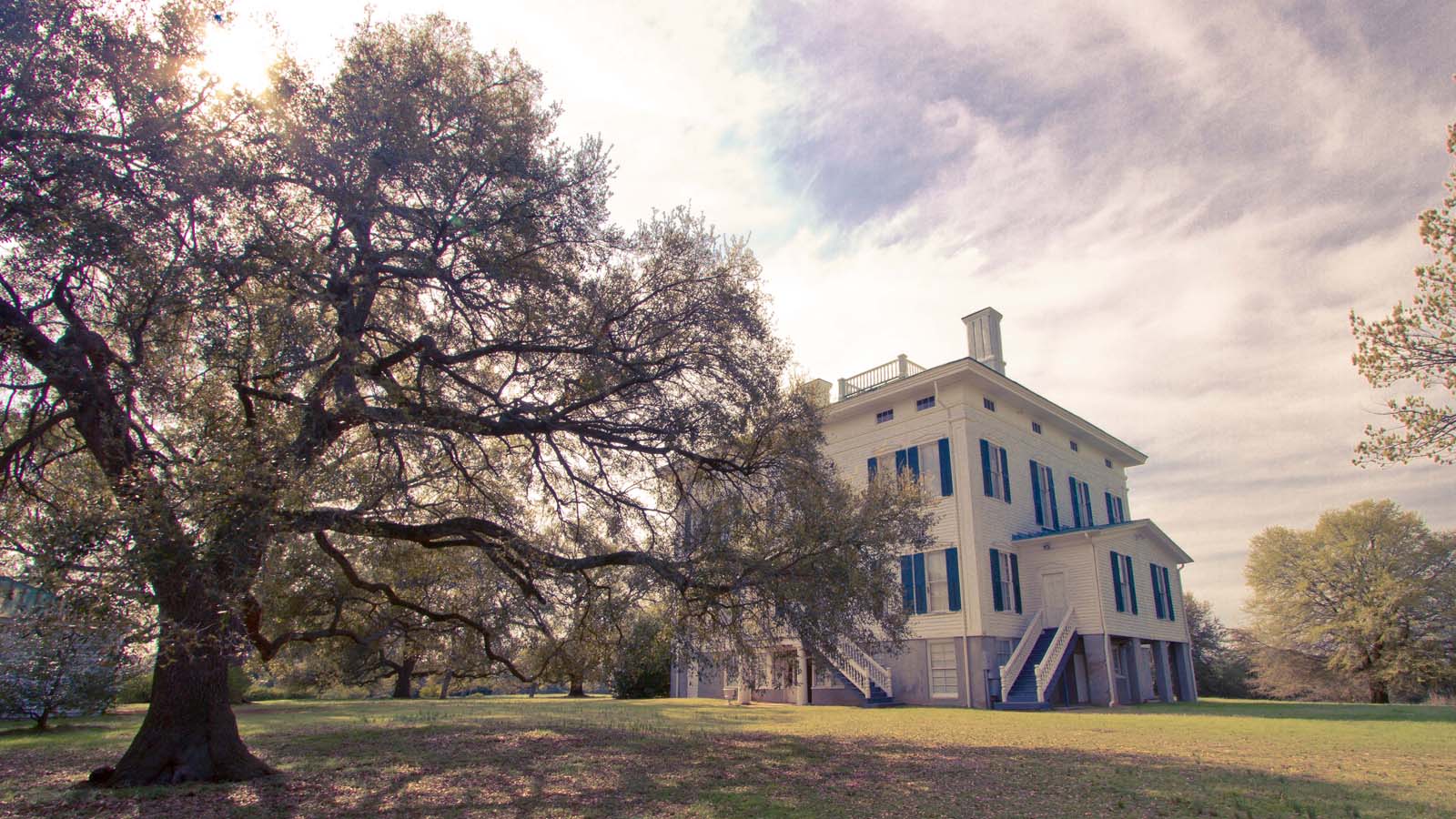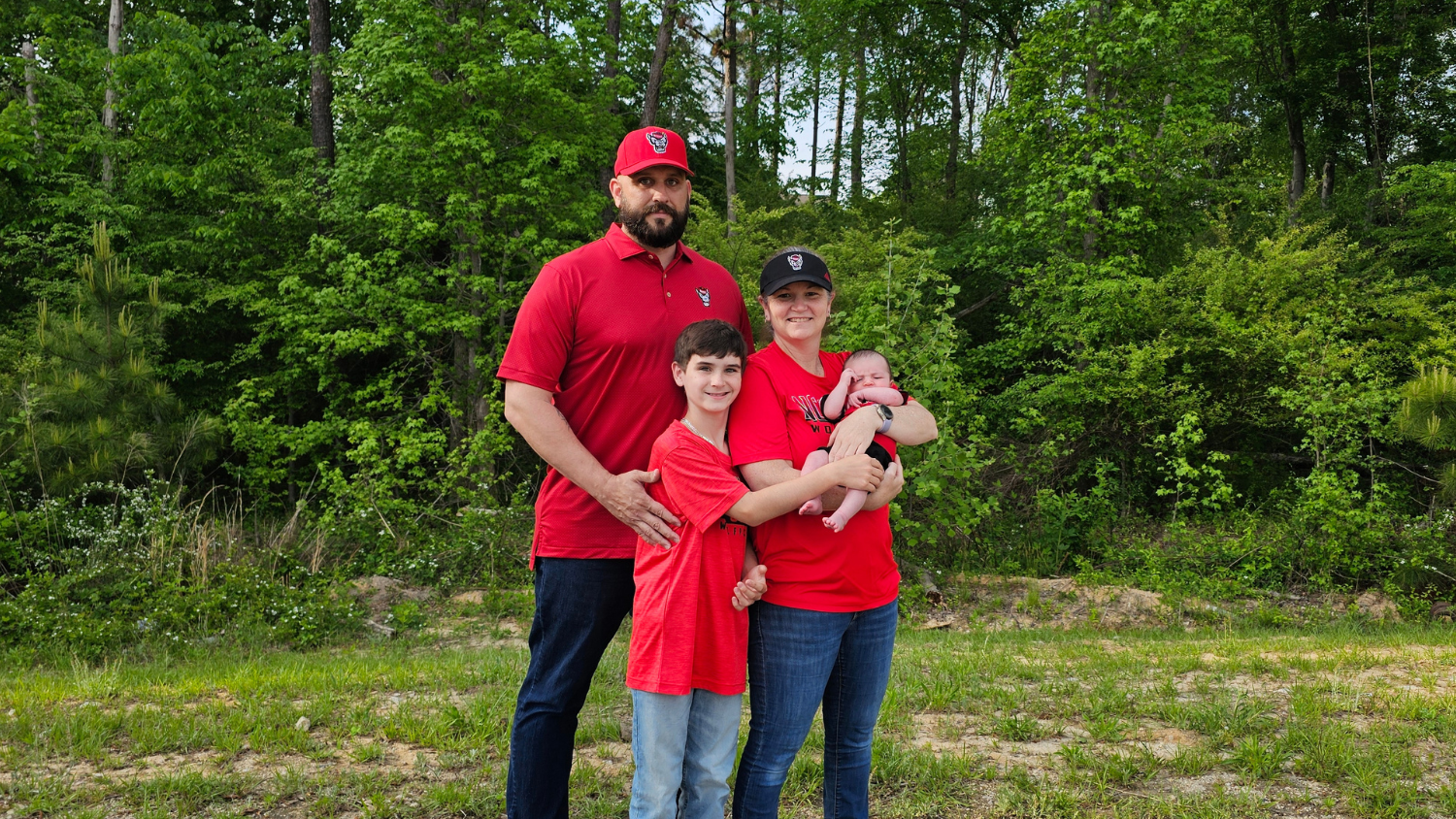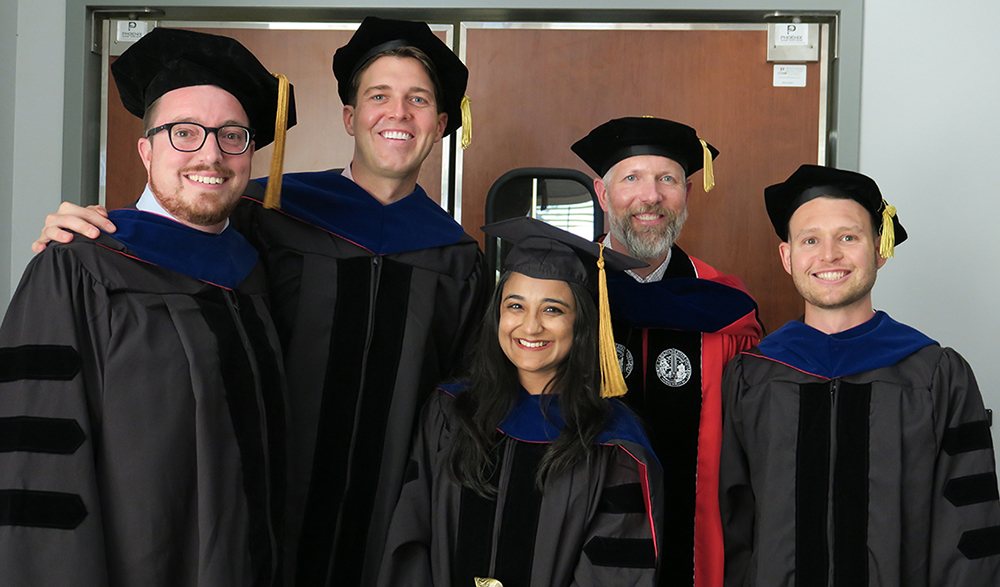Alumna Joy Raintree Retains History at South Carolina’s Redcliffe Plantation

Students on field trips and other visitors pass over the grounds of Redcliffe Plantation State Historic Site in Beech Island, S.C., everyday with questions about life in the Antebellum South or James Henry Hammond, the man who built the plantation in 1859. But Park Manager Joy Raintree may not always give them the answer they want.
In fact, she may give them no answer at all.

“I would rather you walk away from here with more questions than answers,” says Raintree, a 2001 graduate from NC State’s public history master’s program. “There’s not one history here at Redcliffe. There were twenty-one people enslaved here in 1860. There were seven Hammonds. There are twenty-eight histories here, each with a different perspective.”
Raintree is in her 12th year as Redcliffe Plantation’s park manager, overseeing the site’s 400 acres of grounds, managing preservation projects and retail merchandise, and providing input for historical programs she and her staff put on each year. The plantation typically hosts field trips from area elementary schools on weekday mornings and offers three tours for the general public everyday. Redcliffe is one of four working plantations Hammond had in the Beech Island area, totaling 14,000 acres of land. “We feel responsible for talking about that whole history,” Raintree says.
That history includes a focus on the African-American and slave experience at Redcliffe, something that’s been made easy by all of the primary sources she has at her disposal. Those include a plantation manual that spelled out what rations and punishments were to be, as well as diaries and a vast compilation of birth and death records kept by Hammond.
“The great white man history has been told here for decades,” she says. “I want to use [Hammond’s] documents and his writing to look beyond to see who he’s talking about. We started using James Henry Hammond as a lens.”
So now Raintree, 41, and her two employees — a park interpreter who handles the public programming and a park technician who takes care of the landscaping and grounds — can offer a full perspective on Redcliffe’s past. And that approach has apparently paid off, with the number of visitors tripling in the last 14 years, according to Raintree.
And Redcliffe Plantation State Historic Site, part of the South Carolina State Parks system, has become more than a park to oversee for Raintree. She lives with her family on site.
“This is my home,” she says. “This is where my kids have grown up.”


